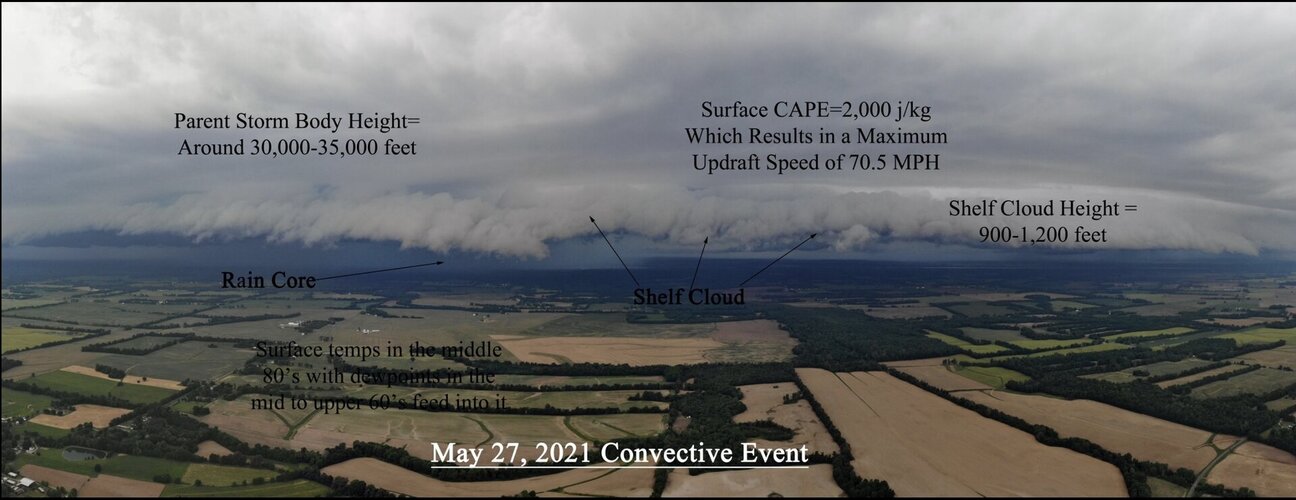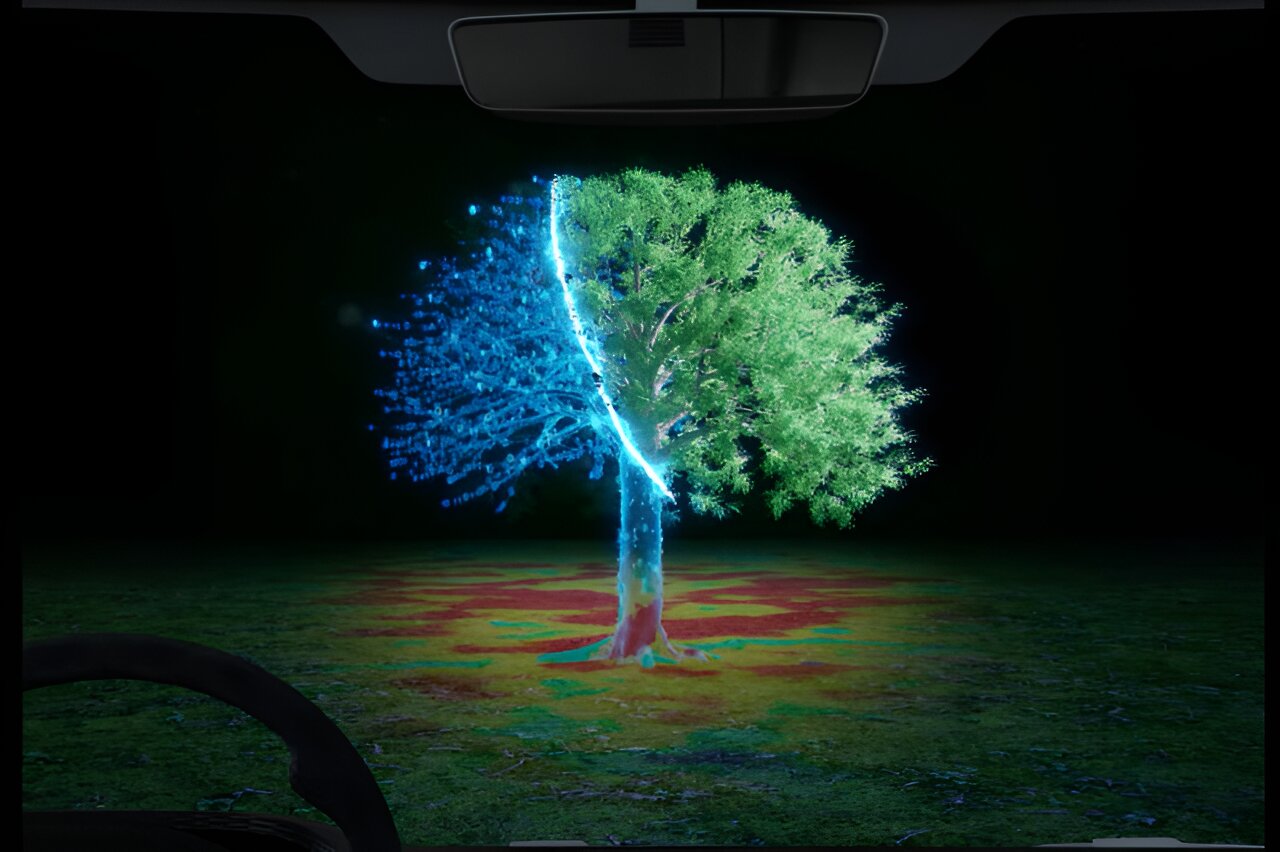Andy Lawrence
Enthusiast
I was wondering if anyone has ever explored aerial storm chasing and used aerial images to study storms from above.
Showers and thunderstorms are giant waterfalls in the sky when viewed from the air, a lot can be taken away and learned especially when Gibson ridge 3D volumetric images are combined with the aerials, you can find storm height and the gustfront height and just use them as a fun case study tool like we have done below.
Showers and thunderstorms are giant waterfalls in the sky when viewed from the air, a lot can be taken away and learned especially when Gibson ridge 3D volumetric images are combined with the aerials, you can find storm height and the gustfront height and just use them as a fun case study tool like we have done below.




